Introduction
Living with diabetes can sometimes feel like walking a tightrope, trying to maintain a delicate balance between food intake and blood sugar levels. While medication and regular monitoring are crucial, one’s diet plays a pivotal role in diabetes management. Vegetables, in particular, have always been the cornerstone of a healthful eating pattern, especially for those with diabetes. They’re not only brimming with essential nutrients, but they also have the added benefit of being low in calories and harmful fats. But why these ten? What makes them the elites in a garden full of choices? Let’s find out as we explore the nutritional goldmine these vegetables offer and their unique benefits in the battle against diabetes.
Vegetables Every Diabetic Should Eat
10. Asparagus

Beginning our curated list at number ten is the graceful Asparagus. This elegant green shoot might appear in grand dinners, but its health benefits suggest it should be a consistent feature on a diabetic’s menu. Asparagus is a treasure trove of B vitamins, especially folate.
These vitamins are instrumental in metabolizing sugars and amino acids, a process crucial for stable blood sugar levels. And there’s exciting research to back up asparagus’s role in diabetes management. A study from the renowned British Journal of Nutrition throws light on its rich antioxidant properties, with one shining star being Glutathione. This powerful antioxidant doesn’t just shield cells from potential harm but is also pivotal in fighting oxidative stress, which unfortunately is more prevalent in people with diabetes.
However, the goodness of asparagus doesn’t end here. Its soluble fiber content ensures a healthy gut and decelerates the digestion of sugar. This gradual sugar release means no abrupt sugar spikes, making it easier for insulin to function optimally.
Wondering about the ideal way to savor asparagus? Its adaptability is impressive. Be it grilled on a summer barbecue, steamed and mingled with a tangy vinaigrette in a salad, or transformed into a velvety soup, asparagus never disappoints. Here’s a delightful recipe for the uninitiated: Gently pan-sear asparagus spears in virgin olive oil, sprinkle generously with finely chopped garlic, add a dash of black pepper, and conclude with a fresh lemon zest. A dish that is a symphony of flavors and, more importantly, diabetes-friendly!
In conclusion, don’t be misled by asparagus’s delicate facade. It’s a force to be reckoned with in the battle against diabetes. So, during your next grocery shopping spree, ensure this mighty green spear occupies a special place in your basket.
9. Kale
Securing the ninth position is none other than kale, often termed the crown jewel of greens. It isn’t merely a fleeting health fad; kale is a genuine ally for those with diabetes.
Pioneering research emanating from the University of Leicester suggests that the consistent consumption of green veggies, especially kale, can curtail the risk of type 2 diabetes by a commendable 14%.
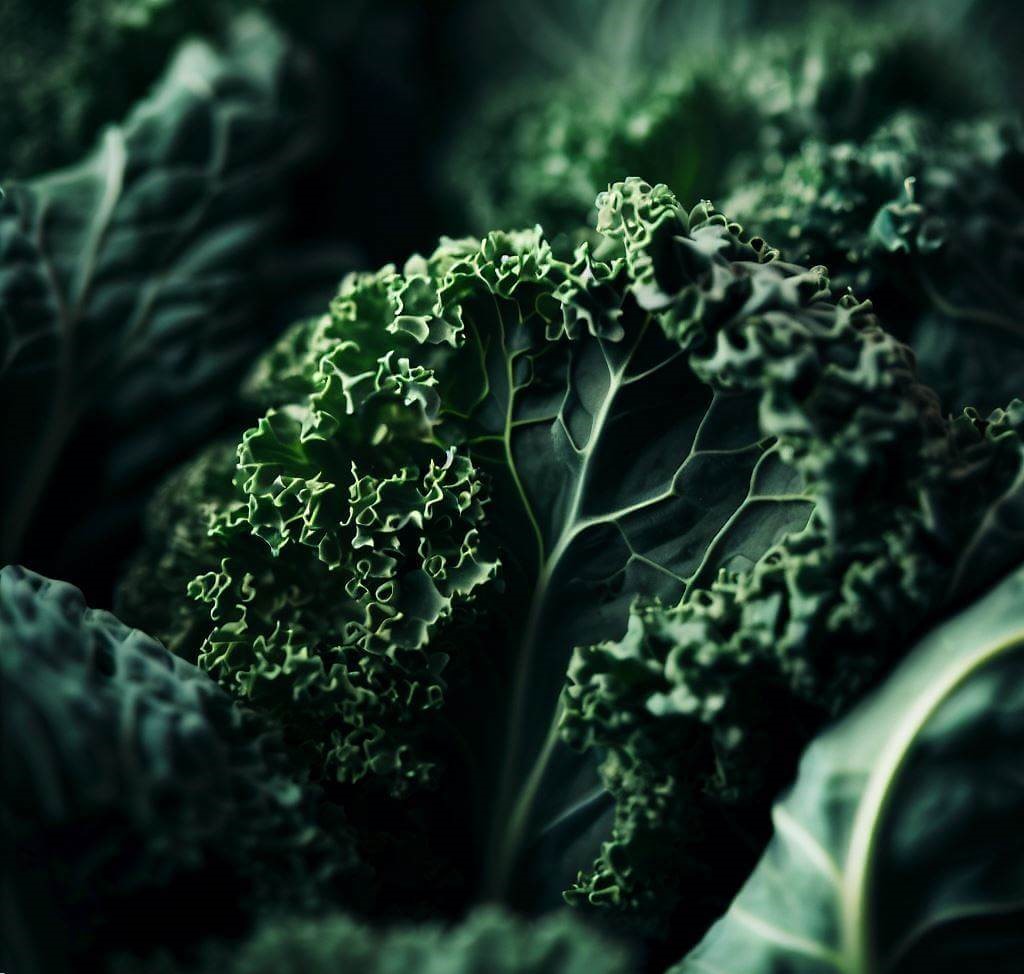
What’s the secret? Kale’s low glycemic nature ensures that post-consumption, blood sugar levels remain consistent without undesirable peaks. Complementing this is its magnesium richness, a mineral renowned for its potential in diabetes risk reduction.
For those pondering how to embed kale in their diet, it’s astonishingly easy. Blend it in smoothies for a nutrition-packed start to your day, toss it in stir-fries for a hearty lunch, or simply mix it in salads. Here’s a tantalizing recipe for the adventurous: Transform kale into crunchy chips! Just lightly brush kale leaves with olive oil, season with a pinch of sea salt, and bake until they achieve that irresistible crispness. The result? A snack that’s not just scrumptious but health-boosting!
8. Fenugreek leaves

Climbing to our eighth rank is fenugreek leaves, a mainstay in many Asian kitchens and fondly referred to as ‘methi’ in certain cultures. The scientific community has begun to acknowledge the power of fenugreek in diabetes management. A compelling study in the Journal of Diabetes and Metabolic Disorders pinpoints fenugreek’s efficacy in enhancing glucose tolerance.
This prowess is primarily attributed to its abundant soluble fiber. Intriguingly, not just the leaves but even the seeds of fenugreek have exhibited potential in insulin production—a boon for type 2 diabetics.
If you’re considering weaving fenugreek leaves into your culinary repertoire, the options are aplenty. Integrate them into wholesome flatbreads, aromatic curries, or even zesty salads. For a quick yet delightful dish, try this: A fenugreek leaves stir-fry infused with golden fried garlic and translucent onions, seasoned as per your palate’s preference. This dish promises not just an explosion of flavors but also a boost to your health, especially for those navigating the challenges of diabetes..
7. Pumpkin
Sitting proudly at number seven is the quintessential symbol of autumn – Pumpkin. While many recognize it for its Halloween appeal or its irresistible allure in pies, pumpkins have an impressive health dossier that’s worth noting. An intriguing study by East China Normal University uncovers the potential of a particular compound in pumpkins, known as D-chiro inositol.

This molecular maestro is renowned for its significant involvement in insulin signal transduction, thereby playing a vital role in glucose control. But there’s more to this orange veggie. Pumpkins are laden with carotenoids, the compounds responsible for their rich hue. Beyond lending color, carotenoids function as formidable antioxidants. For those seeking innovative ways to incorporate pumpkin into their dietary palette, the possibilities are vast. Think roasted pumpkin chunks kissed with a hint of cinnamon or pumpkin pureed into velvety soups. Here’s a recipe to tantalize your taste buds: Craft a luxurious pumpkin soup enriched with zesty ginger notes and crown it with a sprinkle of roasted pumpkin seeds. A culinary embrace perfect for those crisp, wintry nights!
6. Zucchini
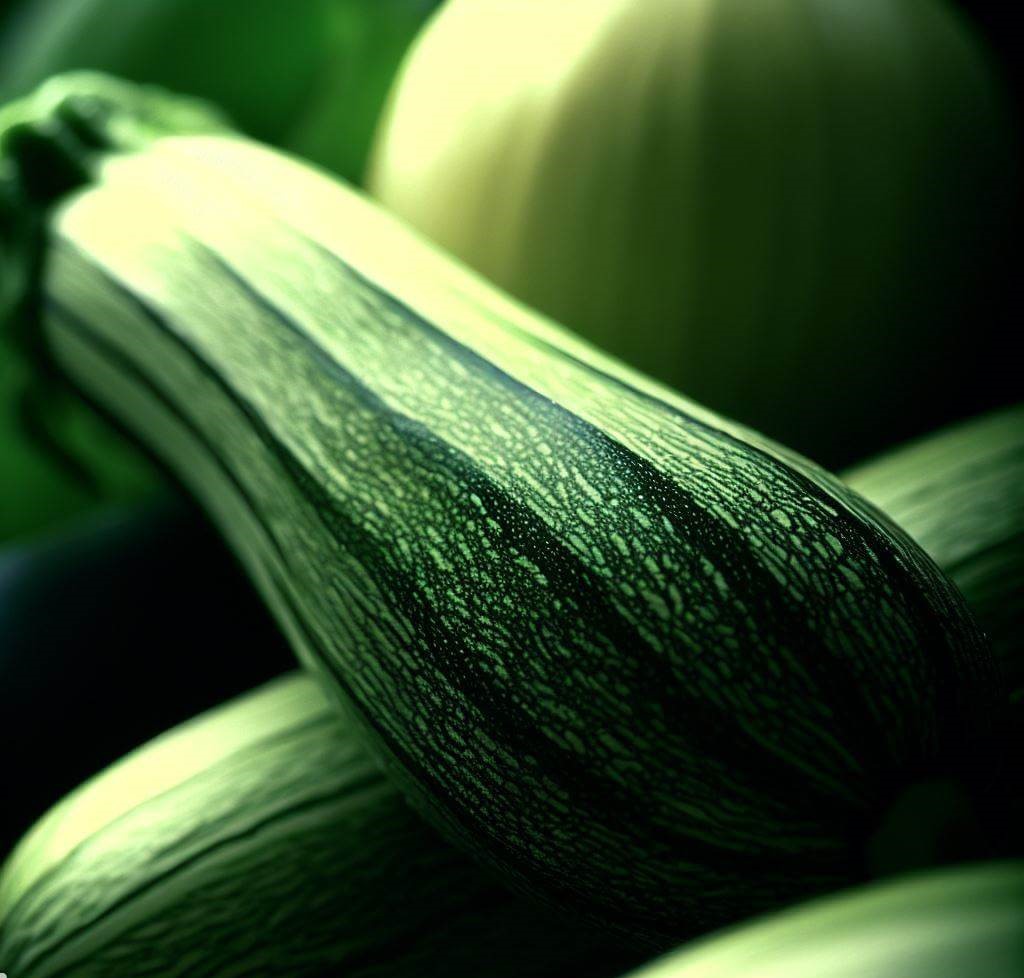
Advancing to the sixth berth on our roster is the summer sensation – Zucchini, or ‘courgette’ as it’s fondly named in some regions. This refreshing green veggie, often featured in summertime delights, has much more to offer than just its delicate flavor. Research steered by the University of Bari Aldo Moro in Italy draws attention to zucchini’s impressive water and fiber quotient.
These components act in concert to stabilize blood sugar by moderating its absorption, thereby diminishing sudden sugar surges. Moreover, zucchini is generously endowed with two pivotal minerals – magnesium and potassium. These play a key role in the dance of carbohydrate metabolism. Keen to explore the world of zucchini? Its versatility is commendable. Zucchini transformed into noodles, affectionately termed ‘zoodles’, has gained acclaim as a low-carb pasta surrogate. Here’s a recipe suggestion: Gently sauté zoodles bathed in garlic-laden olive oil, add a handful of radiant cherry tomatoes, and elegantly finish with a dusting of parmesan. A dish that promises a gustatory journey, while being mindful of blood sugar levels!
5. Bell Peppers
Gracing our list at the fifth position, with their mesmerizing spectrum of colors and invigorating crunch, are bell peppers. These vibrant veggies, often overshadowed in culinary ensembles, are a repository of health virtues, particularly for those juggling diabetes.
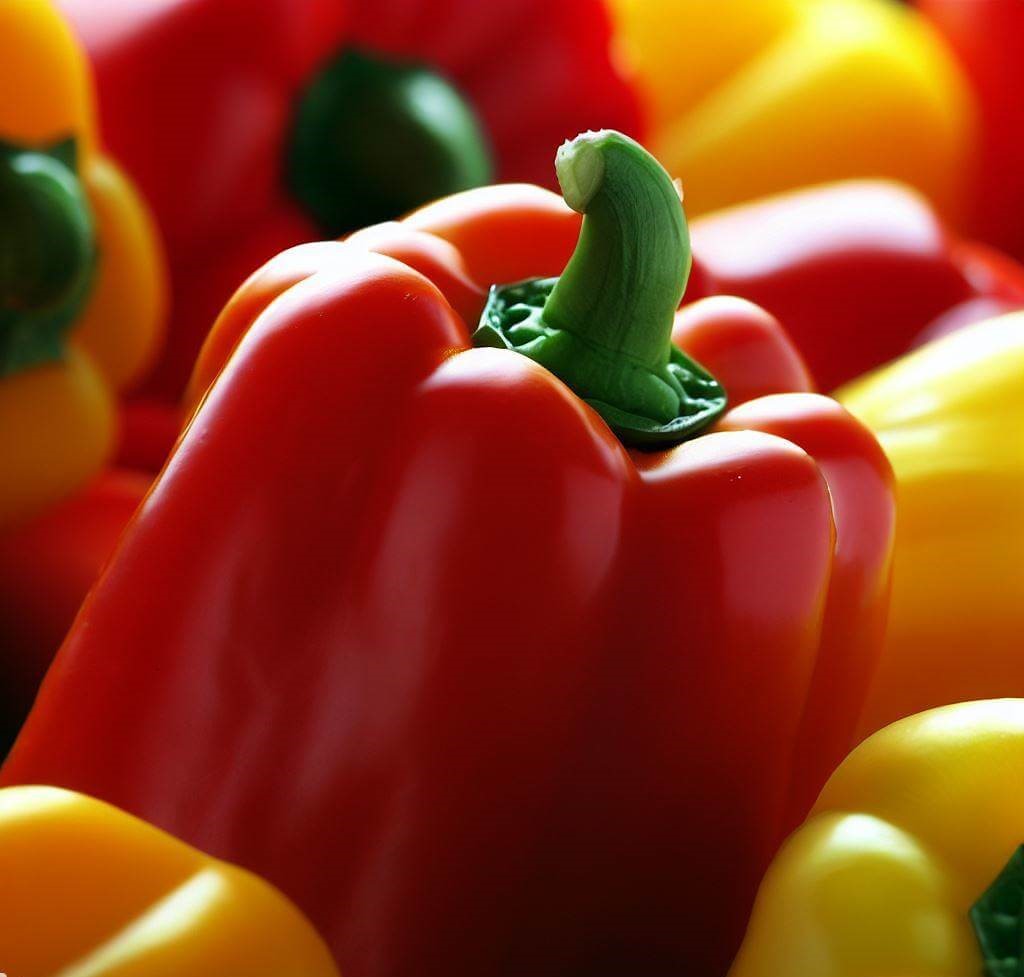
A meticulous study emerging from the University of California, Davis, emphasizes bell peppers’ superlative vitamin C composition. The bridge between vitamin C and diabetes might appear tenuous, but the connections are profound. Apart from facilitating iron absorption and immunity fortification, vitamin C is pivotal for tissue repair. For the diabetic populace, this potent vitamin can tackle the heightened oxidative stress that arises from erratic glucose dynamics. Augmenting bell peppers’ appeal is a specific flavonoid they house – quercetin. Primarily residing in their white pithy portions, quercetin has been linked to both diminished blood sugar levels and inflammation. Bell peppers, with their low carbohydrate content juxtaposed with high water concentration, are an exemplary choice for diabetics.
4. Broccoli
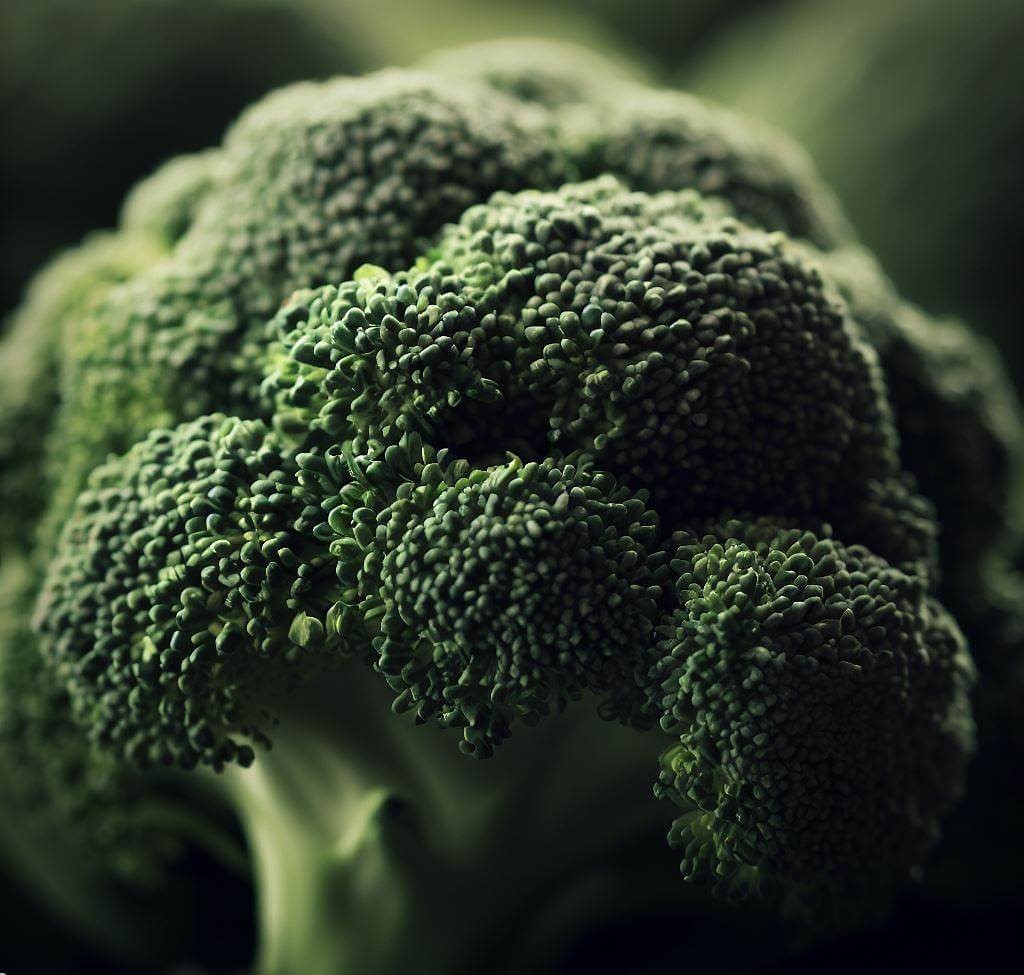
Occupying the fourth rank on our esteemed list is the verdant marvel – broccoli. Beyond being a staple in many a dinner spread, broccoli often earns accolades as a ‘super veggie’, and for good reason. Unearthed in research by the University of Warwick, broccoli is enriched with a dynamic compound known as sulforaphane.
This particular molecule has been linked to a reduced blood sugar level, making it a beacon of hope for those with diabetes. Complementing its profile is an impressive concentration of fiber, which acts as a mediator, facilitating a gradual release of glucose into the bloodstream. For those keen on harnessing the full spectrum of broccoli’s benefits, it’s worth reconsidering the traditional boiling method. Instead, steaming or lightly sautéing can optimize nutrient retention. Here’s a culinary inspiration for you: Combine tender steamed broccoli with the crunchy texture of roasted almonds, add a burst of freshness with a squeeze of lemon, and an unexpected kick with chili flakes. A side dish that not only tantalizes the taste buds but also champions health.
3. Garlic
Claiming the third spot with its rich history and aromatic allure is none other than garlic. Beyond its renowned role as a culinary enhancer, garlic emerges as an unsung sentinel in the realm of diabetes management.

An instrumental study undertaken by the University of Adelaide underscores the therapeutic virtues of garlic in regulating blood sugar. It is believed that the compounds allicin and allyl disulfides, which are bountiful in garlic, play an instrumental role in enhancing insulin efficiency and availability. The incorporation of garlic into daily meals can be as fluid as water. While it’s a staple in gravies and sauces, envision a delicate drizzle of garlic-infused olive oil over crisp salads. Here’s a gourmet suggestion for the adventurous palate: Engage in the slow roasting of whole garlic bulbs till they metamorphose into a creamy texture. Spread this lusciousness over whole grain toast, offering an aromatic and salubrious treat.
2. Bitter Gourd
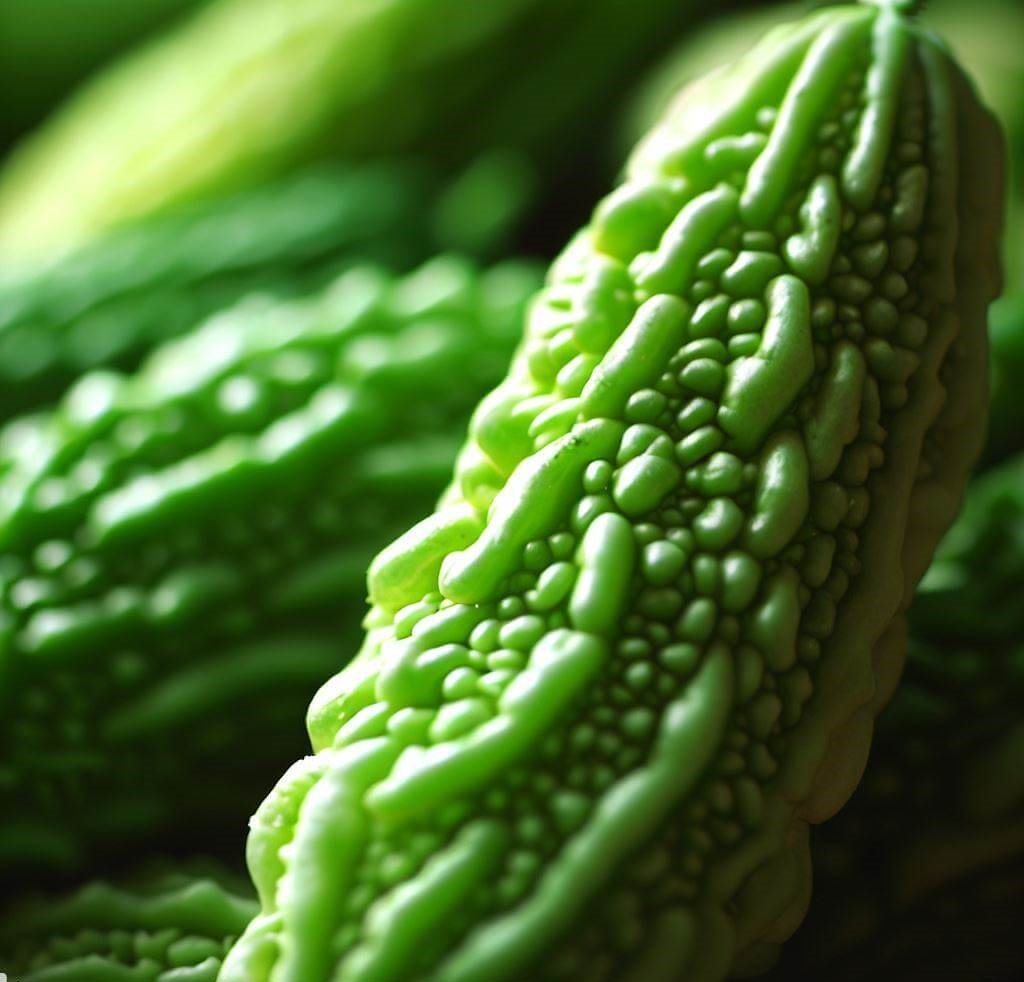
Climbing to the penultimate position on our list is the enigmatic Bitter Gourd, also identified as bitter melon. With a flavor profile that unapologetically leans towards the bitter spectrum, this vegetable can elicit strong reactions. However, its prowess in diabetes management is unparalleled.
A seminal study from the Journal of Ethnopharmacology unveils the rich tapestry of bioactive compounds that bitter gourd proudly hosts. Of these, charantin stands out as a composite of steroids acclaimed for their formidable blood glucose-lowering prowess. But the tales of bitter gourd’s wonder don’t culminate here. It also boasts of polypeptide-p, an entity mirroring the attributes of insulin, thus offering a holistic approach to blood sugar regulation. Furthermore, the bitter gourd comes fortified with a potent dose of antioxidants, aiding in neutralizing the oxidative stress that is often the bane for diabetic individuals. It’s also a fibrous powerhouse, endorsing better digestion and controlled blood sugar surges.
1. Black Bean
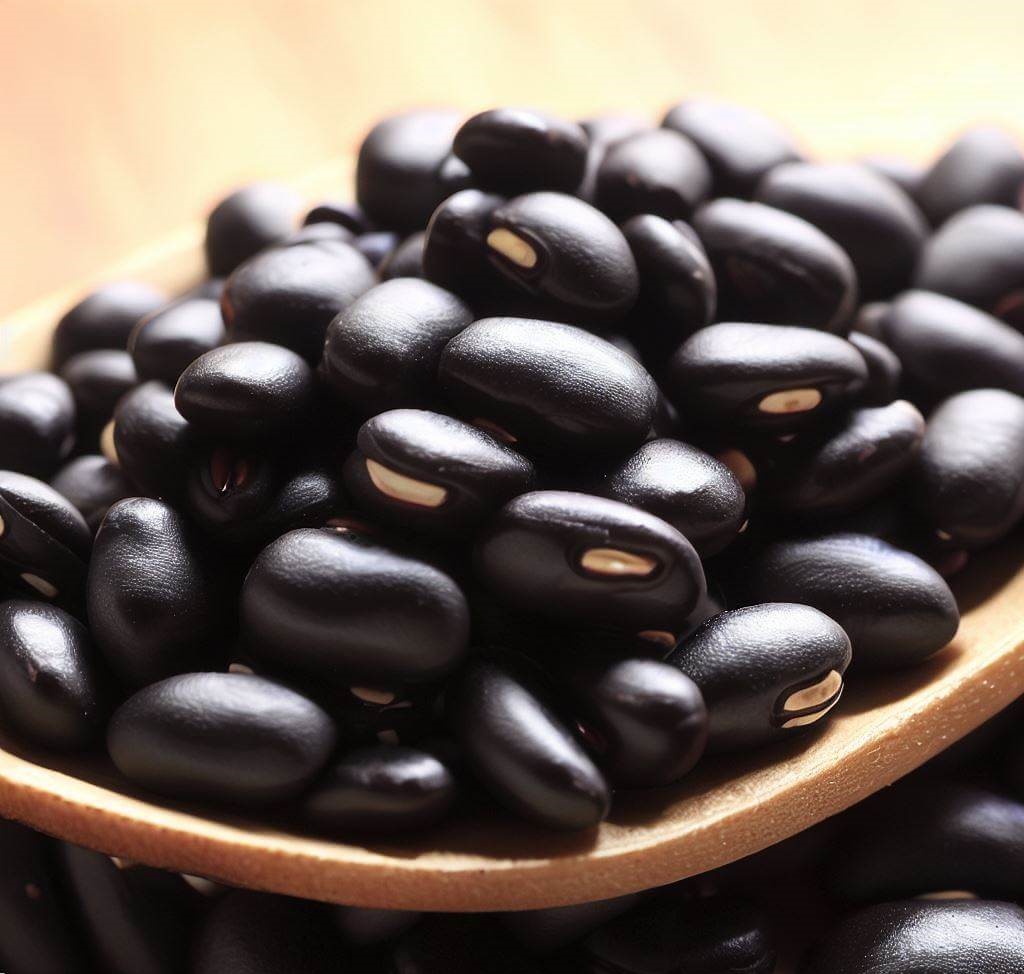
Reigning supreme, the zenith of our curated list is held by the unassuming yet potent Black Bean. Often relegated to the background amidst its more colorful counterparts, this legume shines bright in diabetes care. A pioneering study featured in the American Journal of Clinical Nutrition heralds the black bean as a beacon for diabetic care.
One of its standout attributes is its awe-inspiring fiber content, with a solitary cup offering an approximate 15 grams. This dietary fiber acts as a guardian, ensuring both methodical digestion and a tempered sugar release into the bloodstream. And there’s more in its repertoire. Black beans are abundant in protein, creating a perfect duet: the protein curtails hunger pangs, while the fiber moderates sugar absorption, a duo indispensable for optimal glucose management. Adding another feather to its cap, black beans are enriched with a plethora of antioxidants, particularly anthocyanins, which paint them in their characteristic deep shade. These antioxidants are a formidable defense line, countering the oxidative stress that often plagues diabetic individuals. As for introducing black beans into your culinary adventures?
Elevating Dietary Choices
In today’s fast-paced world, where convenience foods often overshadow traditional, wholesome meals, the importance of making enlightened dietary choices cannot be understated. Choosing foods that not only satisfy our taste buds but also nurture our bodies can pave the way for long-term health and vitality. Here, we dive deep into the nuances of elevated dietary choices, understanding their significance, and decoding strategies to seamlessly integrate them into our daily lives.
What does ‘Elevating Dietary Choices’ mean?
At its core, elevating dietary choices refers to the conscious decision to opt for foods that offer high nutritional value. It’s about shifting from processed, sugary, or fatty foods to whole, nutrient-dense options that support overall health. This transition is not merely about restriction but about enriching one’s plate with a colorful array of fruits, vegetables, whole grains, lean proteins, and healthy fats.
We’ve just explored the Top 10 vegetables that are excellent choices for diabetics. To make it easier for you to remember what to pick up on your next grocery run, we’ve summarized all these vegetable options in a quick video below. This recap will be your go-to guide for making healthier choices at the supermarket.
Why is it Important?
- Disease Prevention: A balanced diet can reduce the risk of chronic diseases like heart disease, diabetes, and certain cancers.
- Enhanced Mental Well-being: Nutrient-rich foods can positively influence brain function and mood.
- Optimal Digestion: Dietary fiber from whole foods ensures smooth digestion and reduces issues like constipation.
- Energy Boost: Consuming the right nutrients provides sustained energy throughout the day, eliminating the need for caffeine or sugar rushes.
- Improved Immunity: Nutrient-dense foods strengthen the immune system, helping the body fend off infections.
How can one start Elevating Dietary Choices?
- Educate Yourself: Understand the nutritional profile of foods. Familiarize yourself with reading food labels.
- Plan Ahead: Prepare a weekly meal plan. This reduces the temptation to grab unhealthy, convenient options.
- Experiment with Recipes: Dive into the world of culinary experiments. Discover new ways to make healthy foods taste delightful.
- Listen to Your Body: Recognize hunger and fullness cues. Eat mindfully, savoring each bite.
- Seek Support: Engage with a community or support group that shares similar health goals.
FAQs
- What are some nutrient-dense foods to incorporate?
- Fruits: Berries, apples, oranges, bananas.
- Vegetables: Spinach, broccoli, carrots, Brussels sprouts.
- Proteins: Lean meats, fish, tofu, legumes.
- Whole grains: Quinoa, brown rice, oats.
- Healthy fats: Avocado, nuts, seeds, olive oil.
- Isn’t healthy eating more expensive?
While some healthy foods can be pricier, there are plenty of budget-friendly options available. Shopping in bulk, buying seasonal produce, and growing your own vegetables can make healthy eating more economical. - Can I still eat out and make elevated dietary choices?
Absolutely! When dining out, opt for dishes that are grilled, baked, or steamed. Avoid fried foods and creamy sauces. Don’t hesitate to ask for modifications to make a dish healthier. - How do I handle cravings for sugary or processed foods?
It’s natural to have cravings. Instead of complete denial, find healthier alternatives. For instance, if you’re craving chocolate, opt for dark chocolate with a high cocoa content. - Is it necessary to go completely organic?
While organic foods reduce exposure to pesticides and often offer better nutrient profiles, it’s more vital to focus on consuming more whole foods. If budget constraints exist, prioritize buying organic for produce known to have higher pesticide residues.





